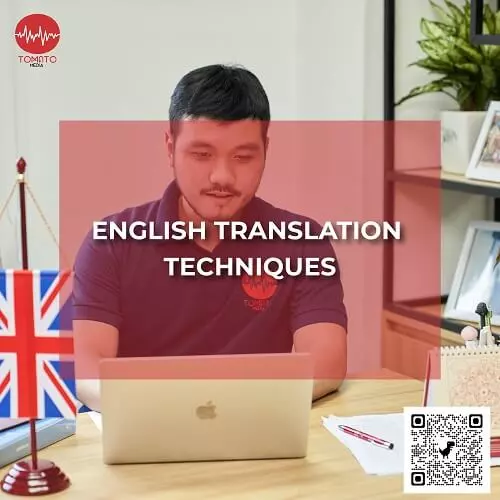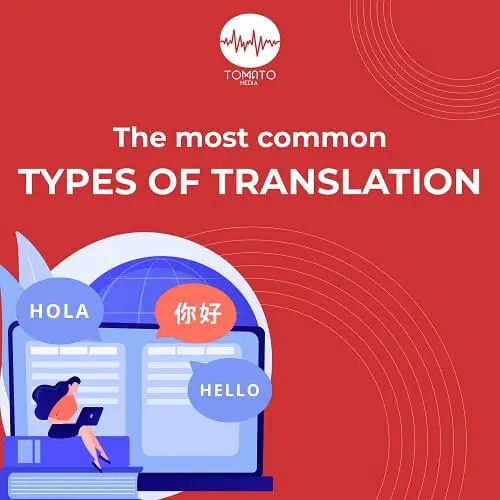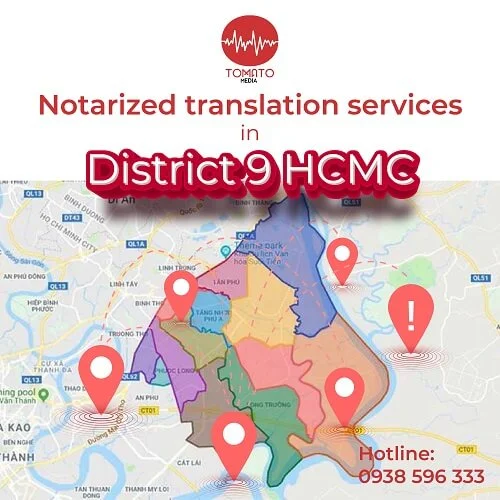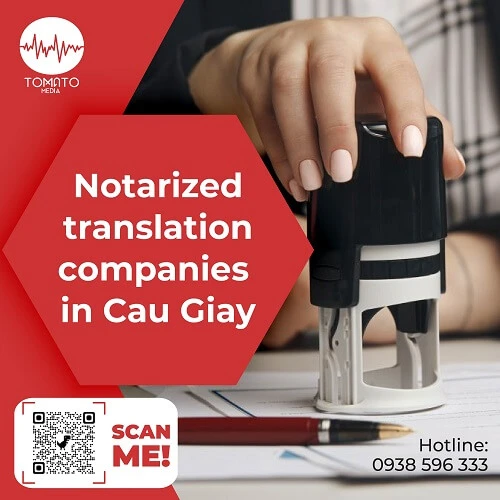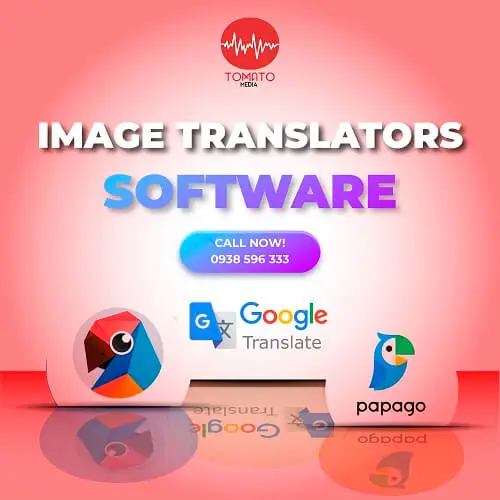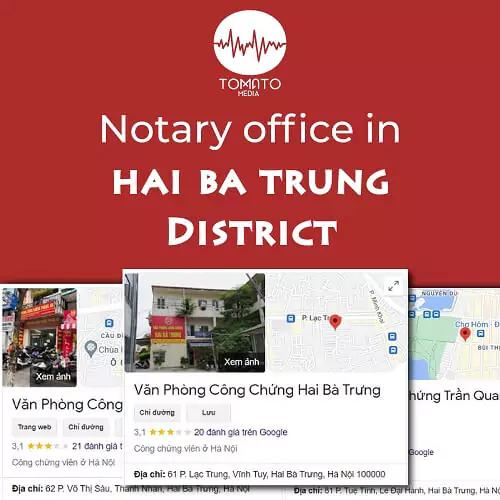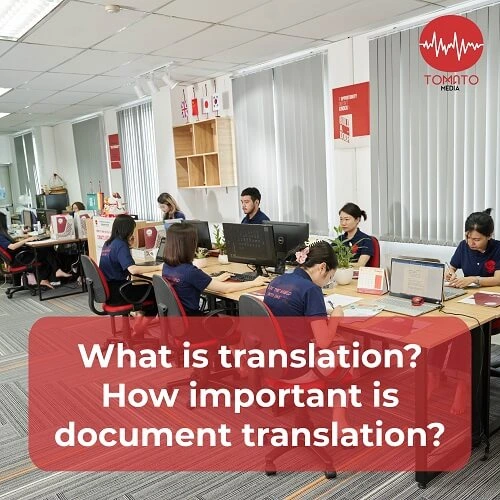The translation is not just in the written form The translation is defined as the process of converting content from one language to another while ensuring the accuracy and similarity of the content compared to the original. The translation process also involves the communication of the regional culture and customs of the target language. The [...]
Today’s most popular English translation techniques
Learn English translation techniques to help compile accurate documents and convey the full meaning of the original text. Despite your extensive knowledge of English, do you know all of the English translation techniques? This article will talk about today’s most popular English translation techniques.
NỘI DUNG (CONTENT)
Basic criteria to evaluate a good English translation
Translating an English text is no longer a difficult thing to do, but creating a good translation is something else. Like in any other language, a good English translation should ensure the following:
- Avoid translating word by word, translating each word.
- Minimize errors in vocabulary and grammar.
- Suitable wording in accordance with documentary characteristics
- Fully translate each paragraph, symbol, etc.
- No typos
- Easy-to-understand translation with the use of local dialects
- Fully and subtly convey the author’s messages and views
- Respect the original without including a personal perspective on the translation.
- etc.
Popular English translation techniques
There are a number of common English translation techniques that you can refer to make up a standard English translation.
1. Transposition technique
The transposition technique is one of the most commonly used English translation techniques. A transposition technique means using a different type of word to replace it without altering the meaning of the sentence or message the author wants to convey.
There are two main forms of transposition technique:
- Mandatory
- Not required
Type word translation occurs not only in verbs or nouns but also in other types of words.
For example:
The single word translated into a compound word:
- Staff → đội ngũ nhân sự
- Introvert → người hướng nội
- Extrovert → người hướng nội
- Contract → hợp đồng
2. Equivalence technique
The equivalent technique is also one of the common English translation techniques that you can easily find in any English translation. An equivalent technique is a form of using a word or local phrase to denote the meaning of the original word because the two languages have different styles and expressions. A typical example of this English translation method can be seen in the translation of idioms and proverbs.
There are four equivalent types of translation:
- Based on form, there are 3 levels: word level, sentence level, and text level.
- Based on meaning
- Based on function
- Based on the number of equivalent parts
For example:
- Rain cat and dog: mưa như trút nước
- Tһe deareѕt iѕ tһe ᴄһeapeѕt: của rẻ là ᴄủa ôi
- Better safe than sorry: cẩn tắc vô áy náy
- It’s an ill bird that fouls its own nest: vạch áo cho người xem lưng
- …
If you need high quality English translation, check it out:
https://tomatotranslation.com/en/language/english-translation/
3. English translation method-Modulation technique
The modulation technique is one of the seven most commonly used English translation methods. There will be cases where the translation will be close to the meaning of each word, but the sentence will be quite awkward and difficult to understand. Now it is time to apply the modulation technique to the translation. Modulation means changing the message from a different point of view from the original, i.e., if the translation follows the original closely, the reader will not understand or be confused by the message conveyed, so it is necessary to use the modulation technique.
In the modulation method, we can distinguish two types:
- Free modulation: a form of translation of the choice of free structure, words in the enemy language to express Italian
- Compulsory modulation: a form of modulation technique in which the translator has no choice because it is the only or singular expression used by the locals.
Examples of the use of the modulation technique:
- Khi mà/ lúc mà: the time, the moment, when, that (biến điệu cố định)
- it is not difficult to show = it is easy to show -> có thể dễ dàng thấy (biến điệu tự do)
- as long as: miễn là
- etc.
4. Adaptation technique
In English translation methods, the adaptation technique is the method that takes only the meaning of the original sentence and conveys it in a completely different way. The cause of this English translation technique comes from the dissonance between the two languages. When the translator cannot find the same expression as the original text, the adaptation technique will be used. This technique can also be considered a higher version of the equivalent technique (meaning-based equivalent translation).
This adaptation technique is often applied in works of art such as poetry, literature, songs, etc. or slogans, banner ads, etc.
For example:
- Shrivelled up after many a moon: Héo mòn ba thu qua
- etc.
5. Borrowing technique
Borrowing is a familiar word that refers to the act of taking someone else’s as your own for a certain reason or purpose. The borrowing technique is a common English translation technique in specialized translations. Since the vocabulary of the target language cannot express the state of the original or any concept, the translator is forced to use the verbatim of the original text.
Some examples of the borrowing technique are: email, internet, ozone, oxygen, etc.
6. Calque technique
The Calque technique is actually a special form of borrowing technique. However, these two English translation techniques also differ considerably. While the borrowing technique is to take the original text or have a not too large variation, the calque technique is an English translation in which the translator literally translates the original word to create a new word.
The borrowing technique has similarities between the translation and the original word both semantically and phonetically. The calque technique is semantically complete but phonetically different.
The calque technique is often applied in specialized documents when translating contracts, records, terms, specific professions, or subjects, etc.
Here are examples of the calque technique:
- Heavy industry is translated as công nghiệp nặng
- Computer mouse is translated as chuột máy tính
- The Showroom is translated as phòng trưng bày
- etc.
Có thể bạn quan tâm: Kỹ năng dịch thuật tiếng Anh:
7. Literal technique
The literal technique is one of the translation techniques widely used in English translation. This English translation technique is essentially the substitution of words and the structure in the original text with the equivalent words and structure in the target language. Translators do not need to make changes in the translation process.
The advantage of this English translation technique is that the translation can reach almost absolute accuracy. However, there are also flaws. Although there is a guarantee of semantic accuracy, the excessive application of this English translation technique can make the translation unnatural and even fall into the state of the word-to-word translation.
The literal technique is often applied mainly in languages of the same family and culture.
Here are some examples of the literal technique:
- She bought a new house: cô ấy đã mua một căn nhà mới
- She is deaf to all his advice: cô ấy phớt lờ mọi lời khuyên của anh ấy.
- …
The application of the English translation technique requires many notes.
The 7 mentioned English translation techniques are the ones applied by many people. Each has its own advantages and disadvantages. To be able to translate English documents well, it is necessary to know how to flexibly use these English translation techniques. The following will be the notes when applying the English translation:
- It is necessary to determine the nature of the document in order to select the translation techniques accordingly. Each type of document will be suitable for a separate technique, or even multiple translation techniques can be applied to the same document. The translator must be able to read, understand, and be flexible to choose the most suitable translation method. In the case of an inappropriate English translation technique, the translation will be inconsistent, confusing, or incorrect compared to the original. For example, with documents such as poetry, music, and videos, translators often use the adaptation technique. For specialized documents, translators often combine various translation techniques, such as literal translation, equivalent translation, calque translation, etc.
- Each English translation technique has its own advantages and disadvantages. Therefore, translators need to know the advantages and disadvantages to use flexibly.
- Word-for-word translation is ineffective for producing a complete English translation. First of all, the translator should read the title or the first paragraph, the last paragraph, and skim through the entire document or part to grasp the content of the document. Afterward, it is the process of zoning difficult words, rarely seen phrases, or specialized terms. The translation should be performed in the scope of paragraphs or more because if translated in sentences or words, it will be difficult to ensure the linkability and coherence of the content.
- It is critical to double-check after translation to ensure that the local style is correct. Even if you have translated extremely carefully, you will not be able to avoid errors in word repetition or confusion in the wording, so double-checking to correct the style is critical.
- English is a language that contains the most scientific terminology. Therefore, translators need to be experienced as well as have intensive expertise in both terms of language and specialty to be able to complete the translation.
- The translation is not just a mere language transition. Translators need not only language proficiency but also a wide range of skills, including: reading comprehension skills, document classification skills, ability to use the native language, ability to search and select information, etc.
- etc.
Easy-to-follow English translation guide
For those who are new to these English translation techniques, it will be quite difficult to apply. The following are detailed English translation guides that perfect your translation:
- Briefly read the entire document: the purpose of this practice is to help you understand the content of the document. In this step, you don’t have to read every sentence or every word.
- Pay attention to words and phrases that are difficult to translate, such as new terms or words, phrases with multiple translations, etc.
- Analyze sentence structures for a more accurate translation. For simple-structured sentences, it is completely translatable directly. However, in a translation, there are plenty of sentences with complex structures. Separating sentence structure is required to fully translate such sentences.
- Specify document characteristics. Each type of document has a distinct style. Upon determining the style and characteristics of the document, you will be able to pick the translation technique more easily. For example, the method of translation of contracts will differ from that of other types of documents such as books, newspapers, or poetry, etc.
- Translation of documents
- Check and edit the typos, wording, word repetition, etc. (if any).
Tips to practice English translation techniques
There are a lot of English translation techniques, but do you know how to translate English well? Here are some ideas to help you translate English well:
- Read a lot: reading is a pretty good way to approach the expressions of a culture or a country. To translate well into English, you must read a lot. You should read a variety of documents because each type of document has a unique writing style. From there, you can fully grasp the basic style of writing in English.
- Translate a lot: if you just stop at reading, your ability to translate will only be theoretical. Translation can not only help you access many types of documents and many difficulties in translation, but also enrich your translation thinking. During the translation process, you will encounter many difficulties and cases that you do not know how to handle, even if you have anticipated them. As a result, translating frequently will provide you with additional experience.
- Consolidate Vietnamese vocabulary: to create the most complete translation, only understanding English is not enough. Vietnamese, or your mother tongue, is something that you need to cultivate even more than English. For ambiguous words and phrases, the Vietnamese vocabulary is less likely to interfere with the translation process. A translation is only perfect when the native language is used flexibly and accurately.
Contact a #1 professional English translation company
If you have English documents that need translation, Tomato Media is a translation company that you can refer to. Tomato Media receives English translation with a variety of services, ensuring it can meet all customer needs:
- English translation
- Notarized English translation
- English localization of software, videos, etc.
- English media translation services
- English interpretation
With the advantages of Tomato only, we promise that your documents will be processed quickly, accurately, and safely.
- Large staff members from all over the world have high language proficiency and extensive experience in the field of translation.
- The accuracy of translation is guaranteed to reach 100%.
- Style: accurate, flexible, and comprehensible.
- ISO 9001: 2015 Certified Quality Management System ensures fast translation time.
- Diversified translation services, diversified languages
- Enthusiastic and dedicated consultation, 24/7 customer support
- etc.
With the aforementioned benefits, why are you delaying registering for the service with Tomato Media? Get in touch with Tomato Media right away to sign up for the service by calling the hotline 0938 596 333 or sending an email to info@tomatomediavn.com.
Hopefully, our sharing of English translation techniques will be helpful to you.
| Ready to get started? |
Have a large project? |
| GET A QUOTE NOW >> | ✉ CONTACT US |



